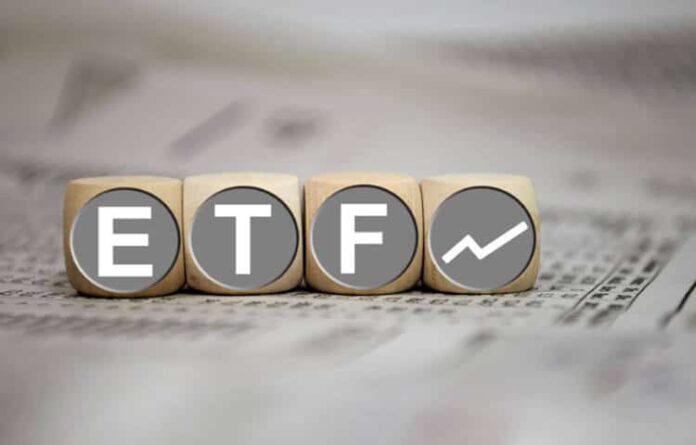An exchange-traded fund (ETF) is a security that tracks the movements of other assets. An ETF can move in tandem with changes in one investment, like gold or silver, or multiple assets, such as the stocks in the energy sector. ETFs trade on exchanges and move throughout the trading session.
How Does an ETF Trade?
An ETF trades throughout the trading session, as investors buy and sell these securities as the market moves. They differ from mutual funds, which generally trade on the close. ETFs are more liquid and more cost-effective compared to mutual funds.
What Assets are Traded Via an ETF?
ETFs provide investors a versatile asset to trade through a stock or CFD account. ETFs can hold one investment, such as oil or natural gas, or many assets. ETFs that track crude oil movements, such as the USO (United States Oil Fund), hold oil futures contracts. This investment will allow investors who don’t have access to a futures account to trade any asset that tracks future contracts’ movement.
One of the more popular ETFs is the SPY (S&P 500 SPDR Trust), which tracks the S&P 500 index changes. The assets that are held in the SPY trust are bought and sold throughout the trading day by traders to make sure the SPY moves in tandem with the S&P 500 index.
Another type of popular group of ETFs is sector ETFs. These are investments that track the movements of specific sectors. These sectors could include the energy sector, the financial sector, or even the industrial sector. There are also securities called exchange-traded notes.
Who Ownes and ETF?
An ETF divides ownership of itself into shares that are held by shareholders. The details of the structure, which might be a corporation or trust, will vary by country, and even within one country, there may be multiple possible structures. An ETN is a bond but trades like a stock and is backed by an issuer like a bank.
How Do You Trade an ETF?
You would trade an ETF like a stock, index, or commodity. You might use a combination of fundamental analysis or technical analysis to determine the future direction of the ETF. This strategy could include trading bond ETFs following an economic report or monetary policy decision. It could also involve using momentum or trend following indicators to gauge the direction of the investment. For example, following the Energy Information Administrations’ report on oil inventories, you might consider ETF trading.
What are the Costs?
The largest ETFs have annual fees of 0.03% of the amount invested, or even lower. Some specialty ETFs can have yearly fees well above 1% of the amount invested. These fees are paid to the ETF issuer out of dividends received from the underlying holdings.
Recommended Reading :
- Unique Features of an Automated Trading Software Every Trader Needs
- How You Should Set the Goals to Win at Trading
- How to Create a 15-minute Options Trading Strategy
- Best Way of Reading Stock Charts
The Bottom Line
An ETF is an investment that trades like a stock, commodity, or index. ETFs are owned by a corporation or trust which buys and sells assets to track a specific target. The target might be a single asset such as gold or oil, or it can be multiple assets such as all of the stock held in the S&P 500 index. ETFs trade throughout the trading day. ETFs are a cost-effective way to trade a single asset or a group of assets. Some of the largest ETFs accept fees that are less than 0.03% of the amount invested. You can trade ETFs using fundamental analysis, technical analysis, or a combination of both.






















